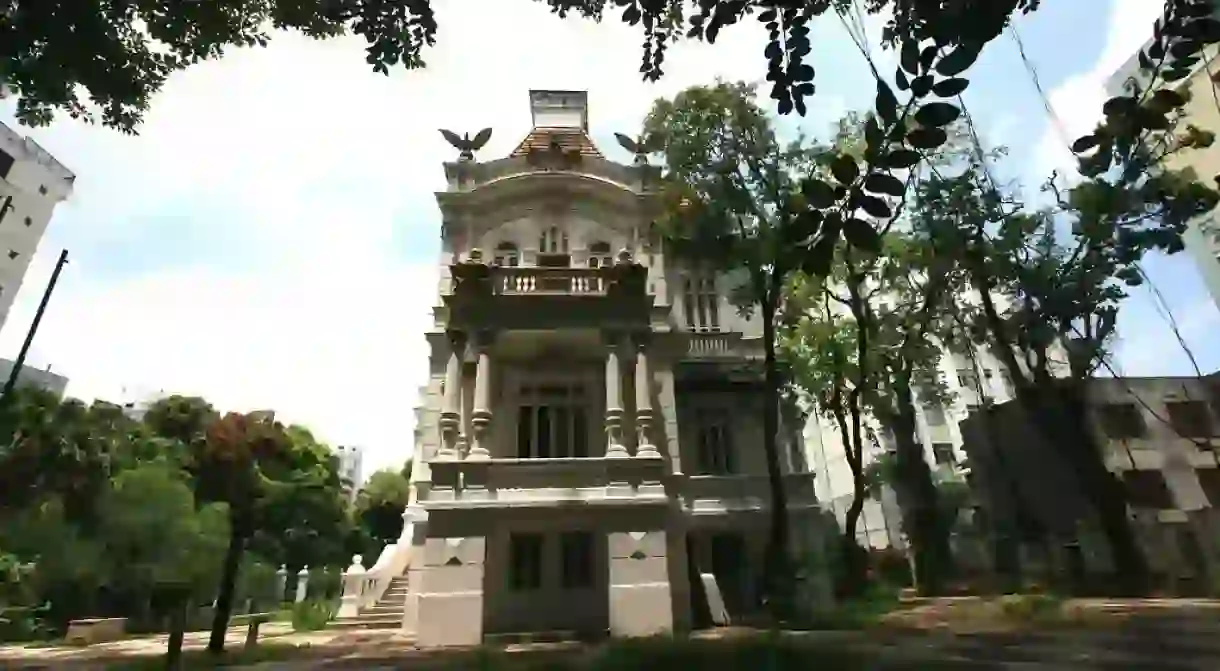The Top Museums in Salvador, Bahia

Salvador isn’t all just beaches and bars. It has a rich cultural heritage that is worth discovering through its museums. Check out Culture Trip’s top museum picks to learn more about the Bahian and Brazilian culture.
Casa do Rio Vermelho
Museum
Two of Brazil’s beloved writers, Jorge Amado and Zélia Gattai, made their home in Salvador and now their writer’s retreat is open to the public. Discover more about their lives and legacies at Casa do Rio Vermelho. Wander through their traditional Bahian kitchen, where you can almost still smell the African-influenced food. Discover their library and their garden, and consider taking home one of their books to remember your visit.
Palacete das Artes
Building, Museum

Museu de Arte Moderna (MAM)
Museum
For a fresh look at modern art, head to the stunning Solar do Unhão building which houses Salvador’s Museu de Arte Moderna (Museum of Modern Art). The building is an excellent example of 18th-century construction and boasts lovely bay views. The museum has five separate rooms to house its modern art collection, and it welcomes over 200,000 visitors per year. It also has a sculpture garden and cinema area, and it’s a fantastic place to catch the sunset.
Museu Afro-Brasileiro
Museum
The African roots of Brazil are all around you in Bahia, but to get a better look, visit the Museu Afro-Brasileiro, or Afro-Brazilian Museum. There you’ll discover rich displays of African artifacts – including indigenous items like clothes and ceramics – which help tell the story of various traditions that still exist today in Brazil. You’ll get a more in-depth idea of candomblé, too, the Afro-Brazilian religion that combines Catholic and Yoruba traditions and deities.
Museu Náutico da Bahia
Museum
The coastal city of Salvador has seen plenty of maritime battles. To learn more about their seafaring history, head to the Museu Náutico da Bahia, or Nautical Museum of Bahia. The museum’s home is the picturesque Forte de Santo Antônio da Barra, a fort on the city’s coast and the Brazilian military’s oldest structure, which dates back to 1534. Today, visitors will discover artifacts recovered from submarines, nautical navigation instruments, and exhibits about the anthropology and culture of Baía de Todos os Santos, or All Saints’ Bay. Wander around the museum and the fort to see how inextricably linked Salvador is to the sea.













